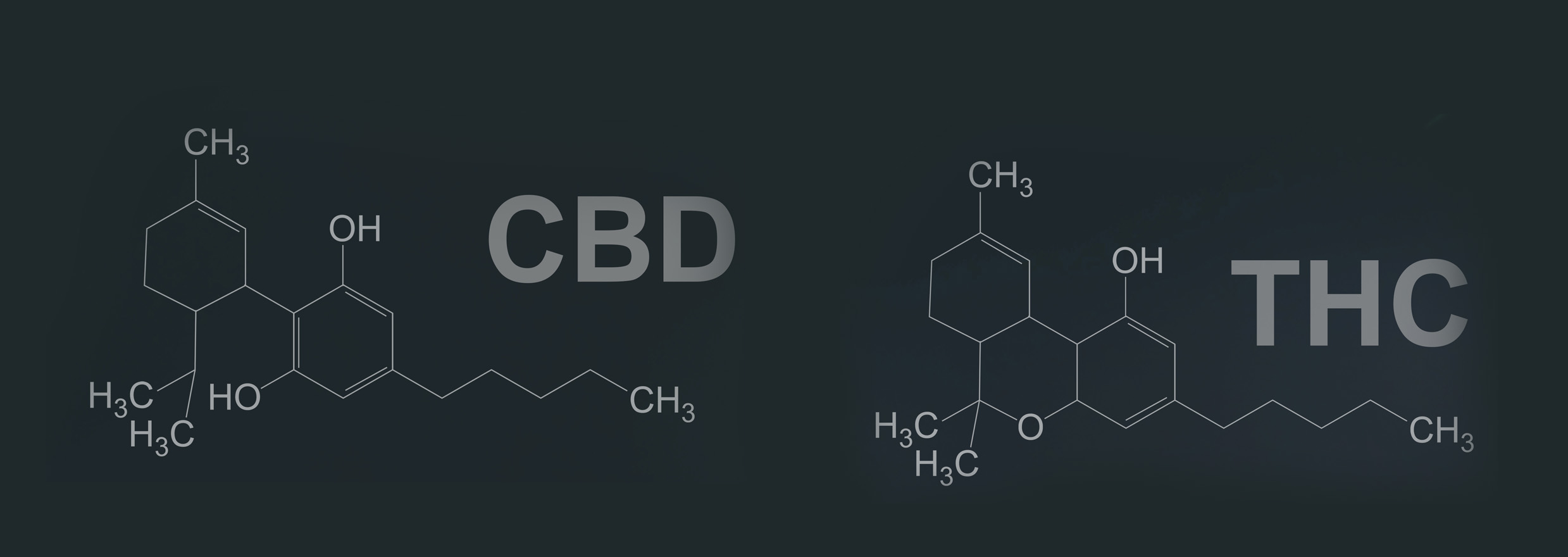In the modern age of medical marijuana, most of the conversation tends to be around the active ingredients THC and CBD.
At some point, you’ve likely learned that THC or tetrahydrocannabinol is the psychoactive compound found in cannabis. However, CBD or cannabidiol, the lesser-known non-psychoactive compound in cannabis, is just as essential and is growing in popularity for its therapeutic effects.
The way that some CBD and THC contents are displayed in products varies and could be a little confusing to some.
Numerous medicinal products sold here at Greenleaf contain both THC and CBD. The THC and CBD content is typically displayed as a percentage in flower and concentrates products (e.g., 23% THC, 5% CBD). The average national percentage for flower is about 18% THC but it can peak at 33% THC. Many compassion centers average at about 7% CBD, whereas Greenleaf CBD flower selection can peak at 20.75% CBD (Zach & Ted’s Cannatonic)! In edibles, it’s most familiar to see the THC and CBD content shown in milligrams as the volume of digestible, food ingredients would misrepresent the percentage of THC and CBD one seeks for in a product. A cookie is physically much larger than a fruit chew edible, but can contain the same THC or CBD dose. Instead, edibles and tinctures are shown in milligrams per serving. The standard dose is 10mg per edible or tincture, but many people may require less or far more depending on their tolerance and their physiological and neurological needs.
For products like tinctures, vape pens, and topicals, you might also notice the THC/CBD contents indicated as a ratio, which is an easy way to define the balance between the THC and the CBD in the products you are using. Such popular ratios exist as 1:1, 2:1, and can go up to 6:1 in either THC:CBD or CBD:THC. Greenleaf offers 1:1 and if you need help finding a different ratio, ask a budtender about how to get you there. Greenleaf also carries products that contain THC or CBD only. It is essential to listen to your body and to be patient with finding what works best for your unique body!
For Example:
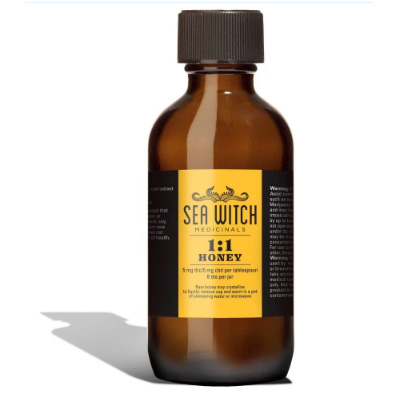
CBD Infused Honey

Hybrid CBD & THC Flower
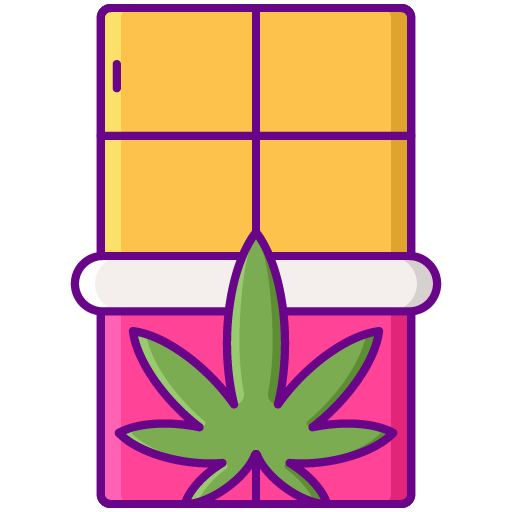
CBD Edibles
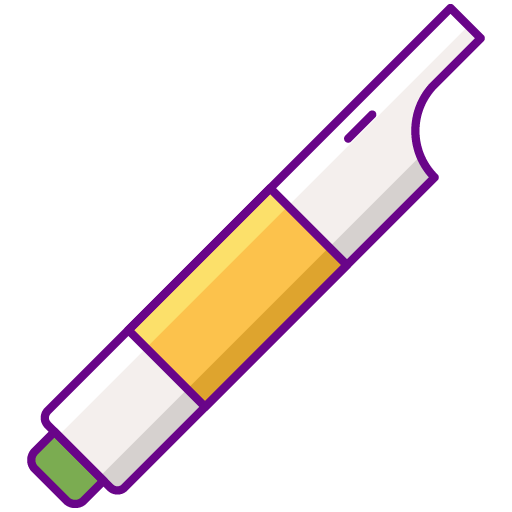
Hybrid CBD & THC Vapes
So what are the most significant distinctions between THC and CBD? Besides, “THC gets you high, and CBD doesn’t,” here is a simple breakdown of uses.
THC Uses
Nausea & Vomiting:
THC has been established as an effective therapy for several forms of nausea and can be particularly helpful in coping with chemotherapy-induced nausea and vomiting.
Lack of Appetite:
High THC products are generally used by patients suffering from a reduction of appetite, primarily those coping with HIV/AIDS.
Post Traumatic Stress Disorder (PTSD):
Some patients have discovered that higher THC strains are useful in assisting them in dealing with both the physical and mental manifestations of PTSD.
Pain:
THC can be an effective method to control various forms of pain. Cannabis has been used to assist many patients dealing with pain as they wean themselves from pain relievers or opioids.
Neurological Disorders:
Many patients with conditions like Parkinson’s disease have found medical marijuana to be very useful in treating tremors and the sharp pains connected with the disease.
CBD Uses
Inflammation:
CBD has proven to be a fantastic treatment for dealing with inflammation, with many patients obtaining relief for hurting muscles and joints; this also includes the use of athletes recovering from training.
Anxiety:
CBD can also help those suffering from anxiety and can be an excellent way to decompress.
Diabetes:
While CBD does not impact blood sugar levels directly, it has been reported to inhibit the production of chemicals in the body that are known contributors to diabetes and other autoimmune conditions.
Seizures:
A recent study has determined that pure CBD oil is similar to other currently available treatments for those suffering from various forms of epilepsy, including Dravet Syndrome.
**For additional Uses for THC and CBD – Each can help with Insomnia as a sleep aid. THC works best to help get you to sleep and CBD can help maintain a longer a sleep cycle.


